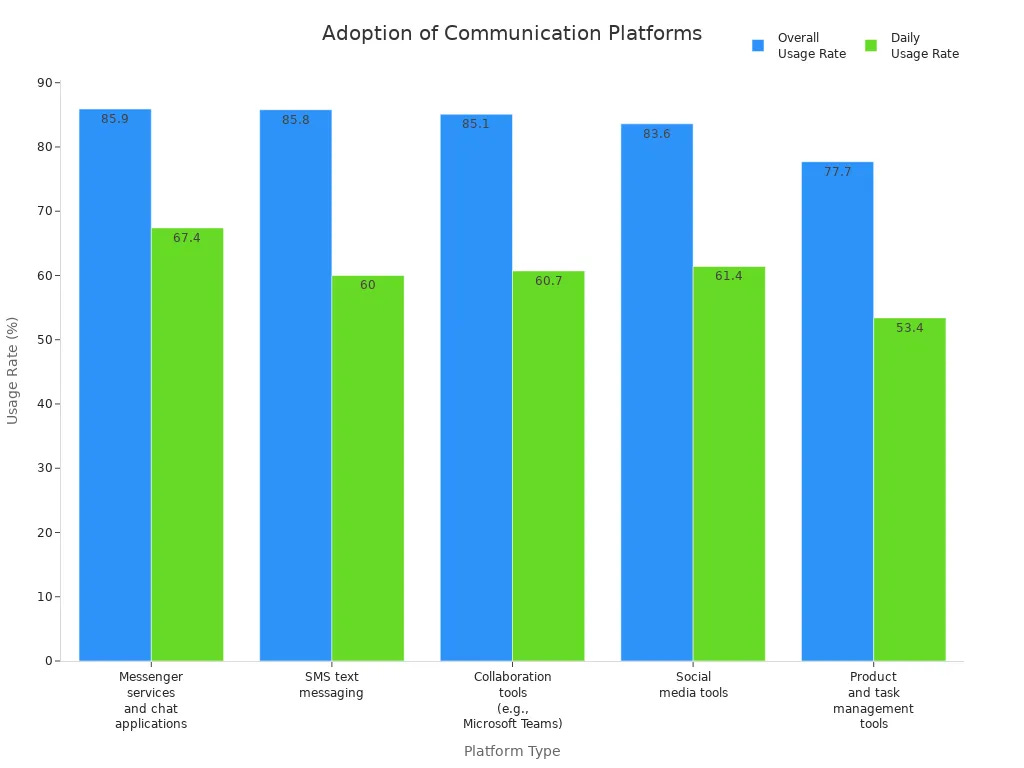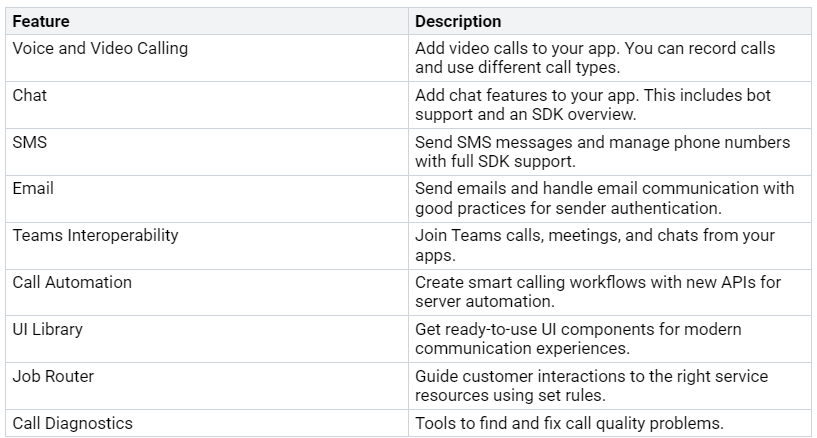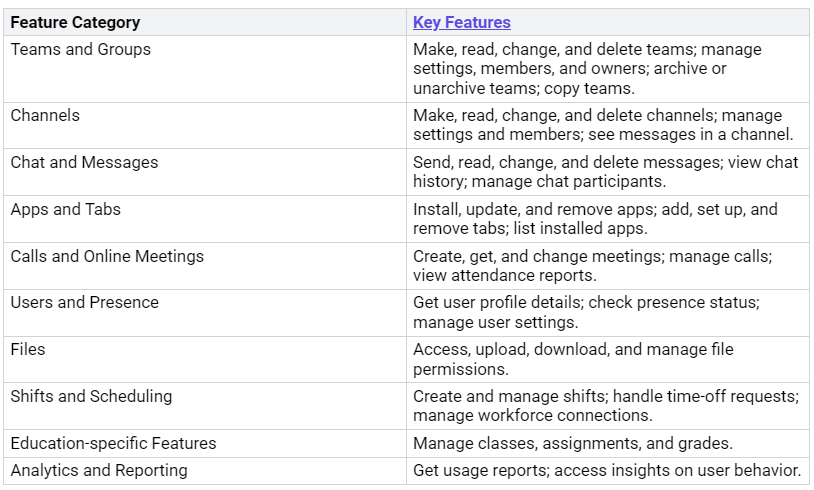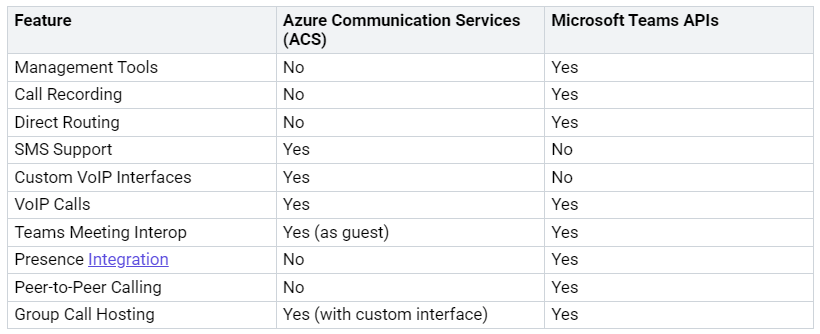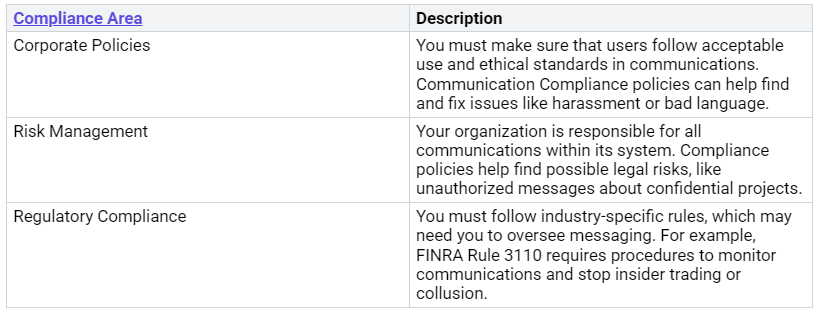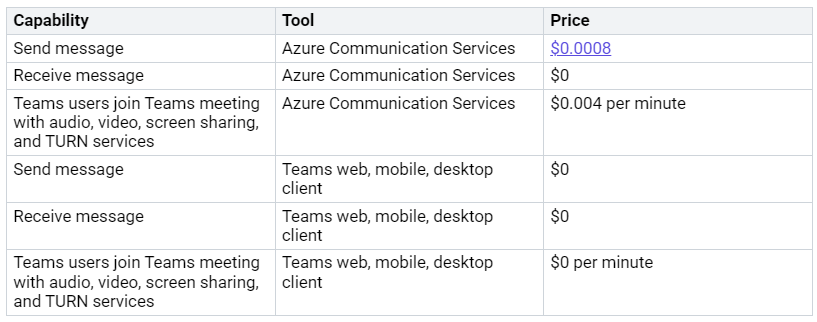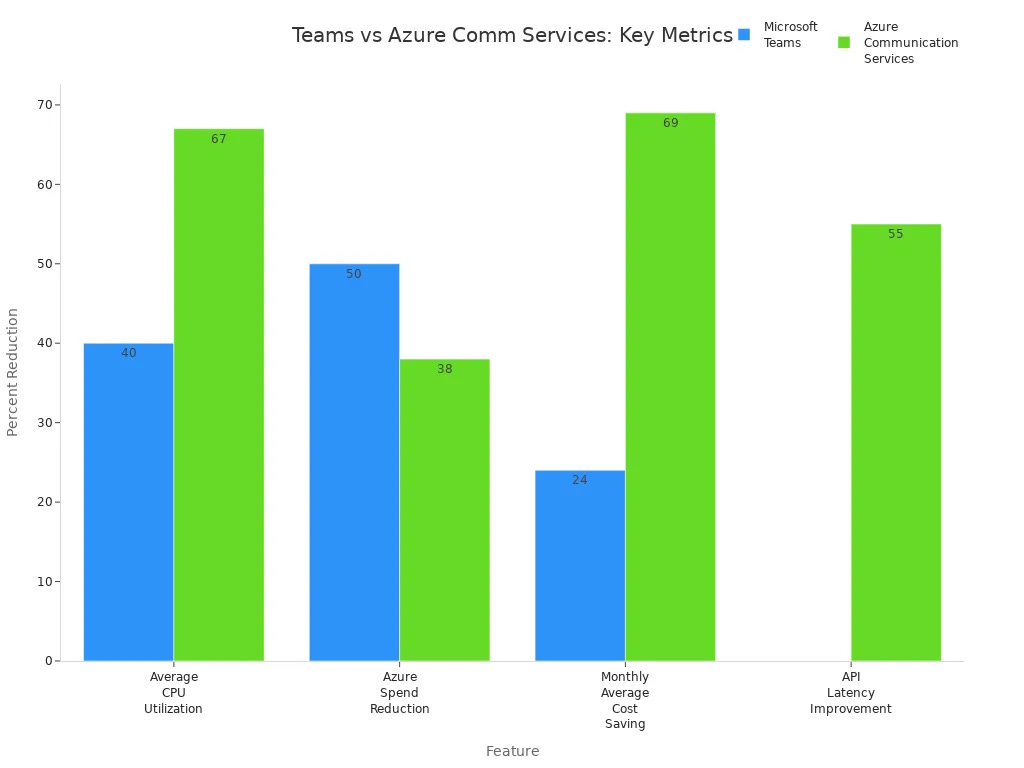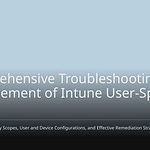Communication platforms are very important in today’s apps. They help people talk to each other in real-time. They also make teamwork better and boost productivity. Recent data shows that 85.1% of businesses use tools like Microsoft Teams. This shows how important these tools are.
The global market for communication services is growing fast. It is expected to reach USD 23.5 billion by 2025. This growth shows that more people depend on platforms like Azure Communication Services. These platforms offer flexibility and scalability. Knowing the strengths of each platform will help you make smart choices for your organization.
Key Takeaways
Azure Communication Services (ACS) has many ways to communicate. You can use SMS, voice, and video calling. This makes it great for building custom apps.
Microsoft Teams APIs help teams work better together. They have tools for chatting, meetings, and sharing files. This is perfect for working inside a company.
Picking between ACS and Teams APIs depends on what your organization needs. ACS is good for talking to people outside. Teams APIs are better for managing things inside.
Using both platforms can make communication better. It can also help with customer engagement. But, it might take more work to set up.
Security and following rules are very important. Both platforms have strong security features. However, organizations need to handle their own compliance with ACS.
Azure Communication Services Overview
Azure Communication Services (ACS) is a strong platform. It helps you add communication features to your apps. With many features, you can improve user engagement and make interactions easier. Here are some important features that make ACS a great choice for developers:
Key Features
These features help you build an ACS-enabled application that fits your communication needs. Whether you want to add chat, voice, or video features, ACS gives you the tools to do it well.
Use Cases
Azure Communication Services is used in many industries. Here are some common examples:
In retail, businesses can use video calls to show products to customers, making shopping better. In healthcare, ACS allows telehealth visits, so patients can talk to doctors online. The finance industry uses secure communication to share sensitive information, keeping everything safe and compliant.
By using Azure Communication Services, you can create custom solutions that improve communication and teamwork in your organization.
Microsoft Teams Overview
Microsoft Teams is a strong platform for working together. It combines chat, video meetings, file storage, and app integration. This platform helps teams communicate better and work together more effectively. Here are some important features that make Microsoft Teams a popular choice for many businesses:
Key Features
These features help you improve communication and boost productivity in your organization.
Use Cases
Microsoft Teams APIs provide many key functions that meet business needs. Here are some common examples:
Custom Bots and Messaging Extensions: Automate tasks and give quick access to tools.
Data Integration and Reporting: Connect with data sources for real-time updates and reports.
Enhanced Meeting Experience: Improve features like scheduling and reminders.
Security and Compliance: Protect sensitive information.
Third-party App Integration: Add functionality with popular apps.
You can use Microsoft Teams APIs to create personal apps for managing tasks, tabs for showing collaborative content, and bots for starting workflows. These features improve the overall communication experience, making it easier for teams to work together effectively.
Comparing Communication Services
When you look at Azure Communication Services (ACS) and Microsoft Teams APIs, think about what they can do. Each platform has special features for different communication needs.
Functionalities
The functions of ACS and Teams APIs are quite different. Here’s a look at their main features:
From this table, you can see that Microsoft Teams APIs have more built-in management tools. They also include features like call recording and direct routing. On the other hand, ACS is better for SMS support and custom VoIP interfaces. If your organization needs strong management tools, Teams APIs might be the best choice. But if you need SMS features or custom VoIP options, ACS is a great fit.
Integration with Other Services
Integration is also very important when making your choice. Both platforms connect differently with Microsoft and other services. Here are some key points to think about:
Standalone Solutions: ACS lets you manage calls on its own. But this can make the user experience less smooth.
Extended Integration: Teams APIs allow deeper connections. This helps with call handling and makes the user experience better in Teams.
Unified Model: Teams APIs give direct access to Teams calling systems. This improves communication and lowers delays.
Both platforms use Azure Active Directory for safe login and permissions. You can also use the Microsoft Graph API for message handling. This helps create group chats and manage who is in them. ACS can send real-time notifications about chat activities, which keeps users engaged.
Users can easily switch between communication types in Teams.
The integration reduces training needs since people know the Teams interface.
Better call handling and presence status come from this integration.
By knowing these functions and integration options, you can choose the platform that best fits your organization’s communication needs.
Identity Management Challenges
Managing identities can be tricky when using Azure Communication Services (ACS) and Teams APIs. Knowing these challenges helps you handle user authentication and authorization better.
Teams APIs and Internal Users
When you use Teams APIs for internal users, you get a strong identity management system. Microsoft Teams has several ways to keep access secure:
OAuth 2.0: This system allows limited access to user accounts. Only authorized users can do certain actions.
Single Sign-On (SSO): SSO lets users log in securely. They can access many apps with one set of login details.
API Key Authentication: This method uses a special key token known only to the app and API service for requests.
Role-Based Access Control (RBAC): RBAC gives permissions based on user roles. This makes sure users have the right access levels.
However, you might face problems with access tokens. For example, the access token for Teams users might show a 403 error when you try to create chat threads or send messages. This often happens because of permission differences linked to the access token (scp claim) between users made in the Azure UI and those created programmatically. Even if the registered application has the right permissions and the user has a Teams license, you might still have access issues due to wrong access tokens.
To manage user identities well, follow these best practices:
Treat identity as the main security barrier.
Centralize identity management.
Set up one Microsoft Entra instance.
Connect your on-premises directories with Microsoft Entra ID.
Enable single sign-on (SSO) and Conditional Access.
Use role-based access control (RBAC) to reduce risks for privileged accounts.
Using these practices improves your organization’s security and makes sure only authorized users can access sensitive resources.
ACS for External Users
Managing identities for external users in Azure Communication Services (ACS) has its own challenges. Unlike Teams APIs, which make internal user management easier, ACS needs you to link ACS identities with your own identity systems. This can make managing access tokens and security harder.
Here are some key challenges you might face:
You need to create a unique user ID for external users. You can’t use external identifiers like phone numbers or usernames directly.
Developers must deal with the challenges of managing access tokens safely.
Making sure external users have the right permissions can be tough without a central identity management system.
To tackle these challenges, think about using these strategies:
Centralize your identity management to make user access easier.
Use Microsoft Entra ID for authentication in new app development.
Enable multi-factor authentication (MFA) for better security.
By focusing on these strategies, you can improve how you manage external user identities and boost the overall security of your ACS setup.
Security and Compliance
Today, security and compliance are very important for any communication platform. Microsoft Teams and Azure Communication Services (ACS) both focus on these areas, but they do it in different ways.
Compliance in Microsoft Teams
Microsoft Teams follows many important security standards and compliance certifications. These include:
ISO 27001
ISO 27018
SSAE18 SOC 1 and SOC 2
HIPAA
EU Model Clauses (EUMC)
These certifications help make sure that Teams meets high security and privacy rules. You can trust that Microsoft Teams follows GDPR and FINRA regulations. It has strong security features, like encryption for data when it is being sent and when it is stored.
Tip: To make security better, turn on multi-factor authentication and use least-privilege access. This helps keep sensitive information safe and makes sure only authorized users can see specific data.
All data shared in Microsoft Teams is encrypted using standard technologies. While Teams does not offer end-to-end encryption by default, it does support it for one-on-one video calls. This means your conversations stay private and secure.
ACS Compliance Responsibilities
When using Azure Communication Services, your organization has specific compliance duties. Here’s a look at key areas you need to think about:
By knowing these compliance responsibilities, you can better manage your organization’s communication practices and make sure you meet necessary legal and ethical standards.
Cost and Scalability
When you pick between Azure Communication Services (ACS) and Microsoft Teams APIs, knowing about cost and scalability is very important. Both platforms have different pricing plans that can affect your budget and how much you can grow.
Pricing Models
Here’s a look at the prices for key features in ACS and Teams APIs:
This table shows that ACS has costs for sending messages and joining meetings, but Teams APIs do not charge for these actions. This difference can really change your total costs, especially if your organization uses messaging and meetings a lot.
Scalability Considerations
Scalability is another key point to think about. Here are some important things to remember when planning for growth:
Gather usage data: Collect real data to see how much you use your workload.
Define cost metrics: Find important cost metrics, like cost per hour or cost per transaction, to compare scaling choices.
Refer to requirements: Think about reliability, performance, and scaling needs when choosing between scale-out and scale-up methods.
Consider resource limits: Know the maximum scaling limits for each resource and plan ahead.
Test scaling: Try out workload behavior under different scaling setups to check performance.
Calculate costs: Use the data you collected and cost metrics to find out the costs for each scaling setup.
Both ACS and Teams APIs manage scalability well, especially in busy situations. For example, ACS works well with other services, making communication smooth. Teams APIs offer better call routing and controls during calls, improving user experience when there is a lot of traffic.
By knowing the pricing plans and scalability points, you can make smart choices that fit your organization’s communication needs and budget.
Hybrid Architectures
Today, many organizations want to mix the strengths of Azure Communication Services (ACS) and Microsoft Teams APIs. This hybrid method helps you use the best features from both platforms. By doing this, you can improve communication and teamwork in your organization.
Combining ACS and Teams APIs
When you put together ACS and Teams APIs, you get many benefits. Here are some important advantages:
Enhanced communication capabilities: You can add voice, video, and chat features from ACS to the strong teamwork tools in Teams.
Improved customer engagement: This mix helps you create smooth experiences for both your teams and customers.
Cost savings: Using both platforms lets you save on communication costs based on what you need.
Scalability: You can easily grow your communication solutions as your organization expands.
Security and reliability: Both platforms have strong security features to keep your communications safe.
But, mixing these two platforms also brings challenges. It can be more complex to develop since you have to manage different APIs and make sure they work well together. You might also need coding skills to build custom solutions that fit your needs.
Middleware Solutions
To help connect Azure Communication Services and Teams APIs, think about using middleware solutions. Middleware acts like a bridge, making it easier to share information between different software. Here are some good middleware options:
Azure Functions: This serverless, event-driven system lets you connect ACS and Teams APIs easily. It works with many programming languages, which is great for developers. Azure Functions can run code when certain events happen, making it perfect for modern cloud apps.
By using middleware solutions, you can make the integration process smoother and improve how your hybrid communication system works. This method not only makes the user experience better but also makes it easier to manage different systems.
In conclusion, both Azure Communication Services (ACS) and Microsoft Teams APIs have special features for different communication needs. Here’s a simple comparison:
Tip: Use Teams APIs for internal communication where rules and connections are important. Choose ACS when you want flexibility and growth for outside users.
By knowing what your organization needs, you can make a smart choice. Whether you focus on strong teamwork or want to improve customer connections, both platforms can help you reach your communication goals well.
FAQ
What is the main difference between Azure Communication Services and Teams APIs?
Azure Communication Services helps add communication features to apps. Teams APIs improve teamwork within Microsoft Teams. Use ACS for talking to outside users and Teams APIs for working with your team.
Can I use both Azure Communication Services and Teams APIs together?
Yes, you can use both platforms together. This mix lets you take advantage of the best parts of each service. It improves communication and teamwork in your organization.
How do I manage user identities in Azure Communication Services?
You must create special user IDs for outside users in ACS. Use a central identity management system and think about using Microsoft Entra ID for easier access.
Are there any compliance responsibilities with Azure Communication Services?
Yes, your organization needs to follow rules about company policies, risk management, and legal requirements. You are in charge of watching communications and keeping ethical standards.
What are the cost implications of using Azure Communication Services?
Azure Communication Services uses a pay-as-you-go plan. Costs change based on how much you use it, like sending messages or joining meetings. Check your organization’s needs to guess expenses accurately.


